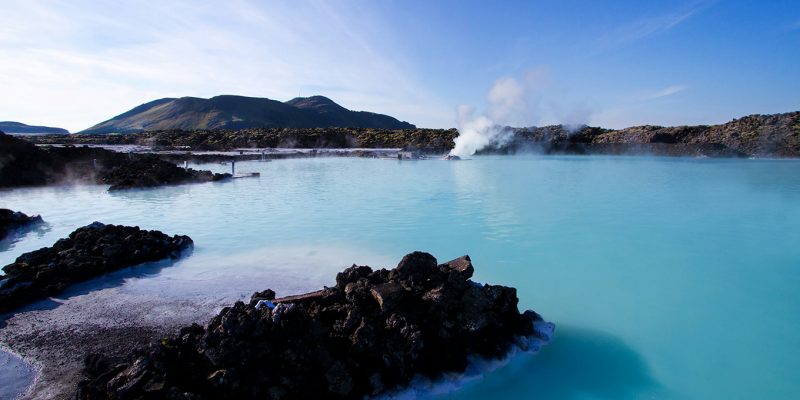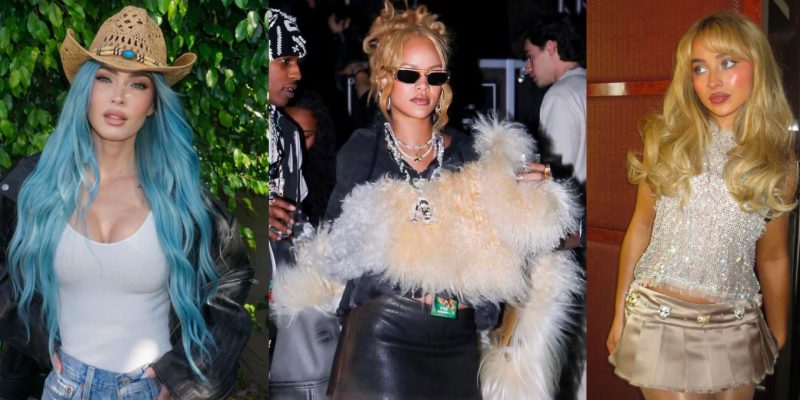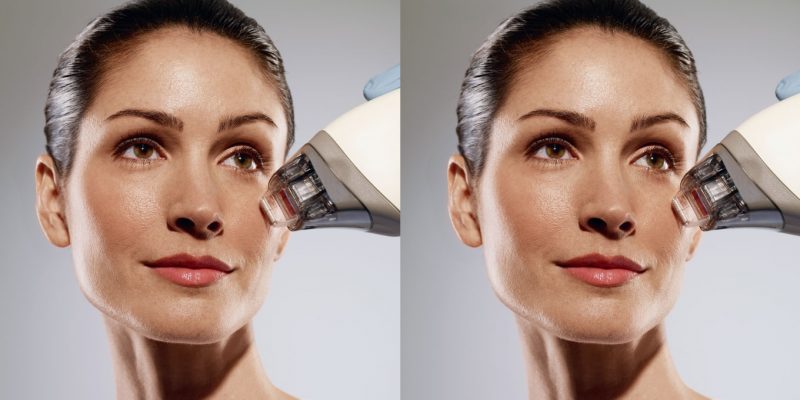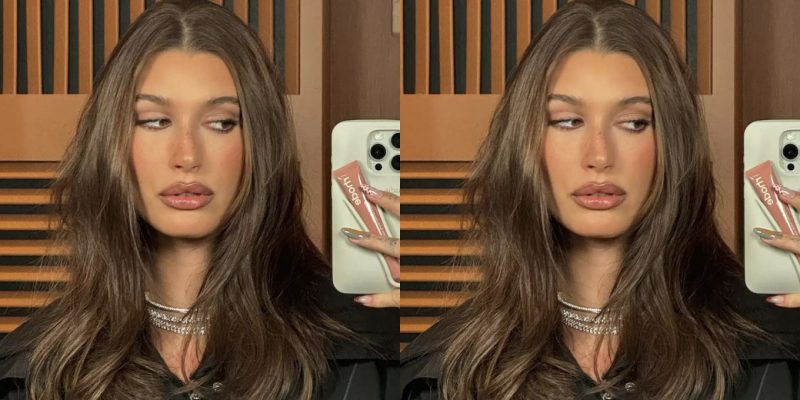Beauty
Organic beauty: What you need to know
We bust through the organic and natural beauty myths to find out exactly what to look for in skincare products.
by : Sarah Kelsey- Sep 6th, 2011

Sure, we all want to do what’s best for our skin, and in a lot of cases that means going natural or organic. But do you know what to look for when selecting the perfectly natural product for your skin? What ingredients are best for you and make the product stellar? ELLE Canada contacted the experts when it comes to skincare and all-natural beauty products for their advice on how you can set about finding eco-conscious products that work for you.
Going natural is in our nature
According to Sonya D’Cunha, the Director of Sustainability, and Natasha Lebel, the Vice-President of Innovation & Marketing, of Knowlton Development Corporation – one of North America’s largest contract manufacturers of health and beauty products – opting to use natural products is important for many reasons.
“The skin is our body’s largest organ of assimilation and the impact of what we put on our skin is just as important as what we put into our bodies,” says D’Cunha.
The pair adds the ingredients in many all-natural beauty products may heal and treat skin conditions in a way manufactured products cannot. “The healing properties of many ingredients have been celebrated by cultures around the world for centuries.”
Which means, if you opt for an
all-natural beauty routine, your skin may not only end up looking more radiant and youthful, it may also be less prone to the terrible skin reactions that may result from using synthesized products on your face or body (breakouts, eczema, etc.).
The importance of education
Many beauty companies know there’s cache in saying their products are “green” or “organic” – which is precisely why it’s important to educate yourself on the all-natural beauty industry, says Dr. Lisa Kellett, a dermatologist in Toronto. For her, researching the ingredients in your products and knowing which are harmful is key. She adds consumers should, “Consult with a physician trained in skin physiology and disease,” to figure out what works.
D’Cunha and Lebel agree. “Since not every naturally-sourced material can be used in its original form, some have to be processed in order to be used safely and effectively.”
They add the Natural Products Association’s website,
npainfo.org, has a wealth of information about what products are safe, responsible and sustainable enough to use on skin.
As always, when it comes down to picking out a natural beauty product, reading an item’s ingredient label is a must. If there are items listed that seem foreign or are too complicated to pronounce, chances are the product isn’t natural, which may mean it’s unsafe to use on your skin.
Key ingredients to look for and what to use now on the next page …

What to use now
Along with hundreds of plant-based oils, extracts and distillations, there are several natural materials that can be used safely – either singularly or in combination in topical preparations – to address and heal skin problems.
D’Cunha and Lebel’s go-to list includes:
Calendula (Calendula officinalis): “Also known as marigold, oils and extracts made from the orange petals are widely used in ointments and balms because of their wonderful healing properties. It’s excellent for rashes, blemishes or acne and nourishes the skin and is an excellent topical anti-inflammatory in cases of redness or puffiness.”
Lavender (Lavendula officinalis): “This versatile herb can be used to treat a range of skin issues and has an affinity for mature skin, softening and clarifying it. It’s soothing and has been used traditionally to prevent stretch marks and minimize scarring.”
Red clover (Trifolium pratense): “One of the safest and mildest treatments for children with skin problems, preparations from this flower’s tops are used to soothe the discomfort of chronic skin conditions, such as eczema and psoriasis.”
Tea tree (Melaleuca alternifolia): “A major export of the wetlands of Australia, the steam distillation derived from the leaves of this plant is a powerful anti-microbial and can be used to treat acne. The only warning is it can be quite harsh on sensitive skin (so dilute it with a mild base like grapeseed oil).”
Sage (Salvia officinalis): “The leaves of this common culinary plant are beneficial as a topical treatment for oily skin, with antiseptic and astringent actions. Preliminary studies have shown it’s beneficial for use in deodorants and helps to reduce excessive perspiration.”
Aloe Vera (Aloe barbadensis): “Nourishing to the skin aloe is as a source of zinc, vitamins A, C and E, and essential fatty acids –all of which build healthy skin.”
Clays: “Making your own face mask with pure clays such as Kaolin (white cosmetic clay) or Illite (French green clay) has numerous natural benefits. They work to remove and absorb excess oil and dirt from the skin in addition to delivering a mild exfoliation that promotes healthy skin circulation.”
According to Kellett, there are also several vitamins you can safely use on your skin to prevent aging. “Vitamin A helps to reduce the appearance of fine lines and wrinkles. Vitamin C helps to brighten the skin. Vitamin E is an antioxidant that helps to protect against free radicals. And willowbark extract/willowherb extract is a source of salicylic acid which helps with exfoliation.”
Read more:
Check out our 5 favourite organic beauty products
Newsletter
Join our mailing list for the latest and biggest in fashion trends, beauty, culture and celebrity.
Read Next

VIP
9 Stylish Icelandic Adventures Tailored to Fashion-Conscious Canadians
Iceland’s stylish escapades for the fashion-forward Canadian traveller blend elegance with adventure.
by : Contributor Content- Apr 15th, 2024

Fashion
The Best-Dressed Stars at Coachella Weekend One
Here's what your favourite celebs (and influencers!) wore to kick off Coachella's first weekend.
by : Lauren Knowles- Apr 15th, 2024

Culture
Discover Club Med’s Stunning Exclusive Collection
Vacation destinations that bring pure luxury and comfort.
by : ELLE Canada- Apr 8th, 2024




